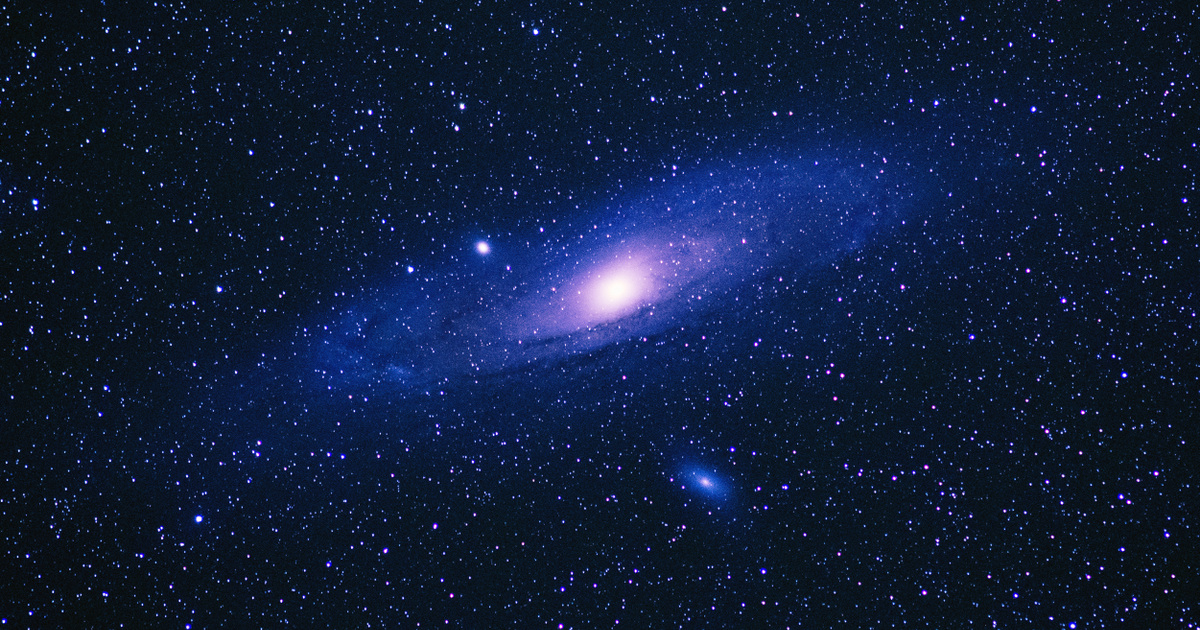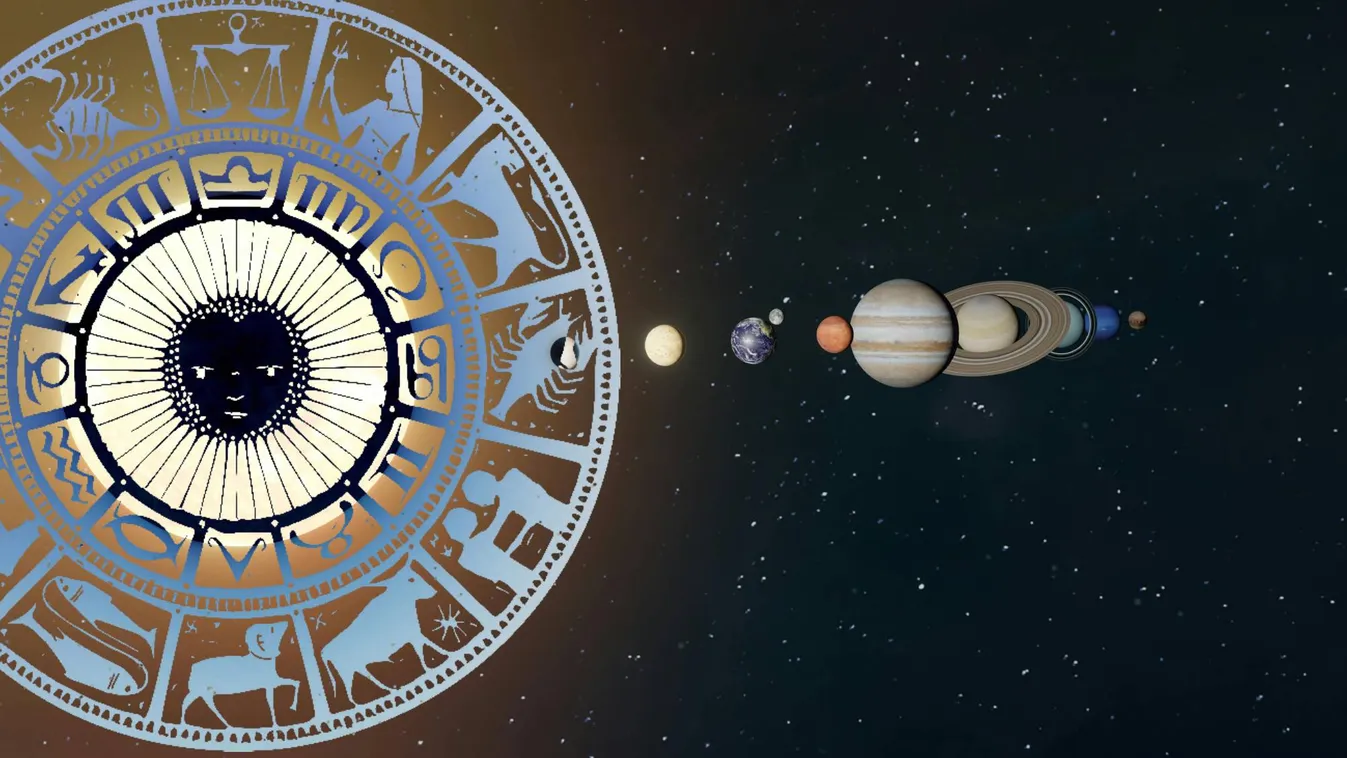Three gas nebulae have been identified, the chemical composition of which indicates that they were created by the explosion of the first stars. This discovery brings us closer to understanding what the first stars that formed after the Big Bang looked like. Based on measurement data from the European Southern Observatory a Astrophysical Journal Journal reported on the discovery. “This is the first time we’ve been able to identify the chemical signatures of the explosion of the first stars in distant gas nebulae,” said Andrea Sacardi, who led the research.
The first stars could have been very different from the ones we know and see today. When it appeared 13.5 billion years ago, it contained only the simplest elements, hydrogen and helium, and could be 10 or even 100 times more massive than our sun. For this reason, they ended their stellar life with a powerful supernova explosion. With these explosions, elements heavier than helium were released, which were scattered in gaseous nebulae formed as the remnants of the explosions. The stars of later generations were created from these gas nebulae and enriched their surroundings with heavier elements.
We can examine the first stars that exploded long ago only by revealing the elements that created them, by destroying them. In the VLT measurements, such gases would have been detected from the period when the universe was only 10-15 percent of the age of today. Depending on the size of these stars and the strength of the supernova explosions, different elements were introduced into the environment: carbon, oxygen, magnesium, however, heavier elements were formed in the cores of stars, for example. These eruptions are not yet able to disperse iron in large quantities. For this reason, experts have looked for gas haze that is low in iron but rich in other elements. We managed to find three such very distant nebulae with this chemical composition.
The figure shows how these ancient and distant gas nebulae were discovered. The original continuous spectrum of quasar light (in the upper left corner) can be seen in the center, at the top of the image. When light penetrates the gas nebula, some parts of the spectrum will be lost due to the elements of the gas nebula. Finally, this spectrum decorated with absorption lines is detected by the Giant Telescope’s spectrometer.
Source: ESO / L. Calzada
There are stars with the same composition in our galaxy, which experts believe were formed from the “ashes” of these first stars, which is why they are composed of the same elements. By now finding these “ashes”, a missing link has been found.
Quasars helped him find a special one. These high-energy objects reach us as radiation from the environment of supermassive black holes in the cores of distant galaxies. On the way, the quasar’s light leaves its mark on everything it passes through, including the chemical elements in the respective gas nebulae. The X-Shooter, a very high-resolution spectrometer operating at the VLT, was also able to detect the details from which the researchers obtained data about the formation of these gas nebulae. Next-generation giant telescopes such as ELT and the high-resolution spectrograph that runs on it will reveal more details of these special ancient gas nebulae, so we can learn more about the secrets of the first stars in our universe.











































